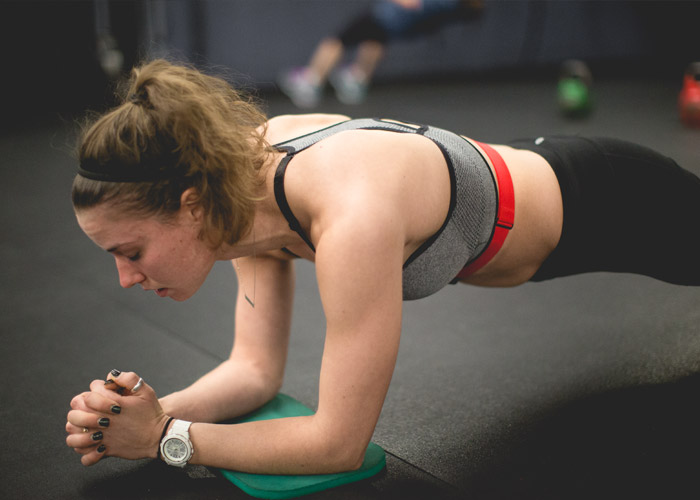What are the secrets to improving your wellbeing?
There are time-served and steadfast ways of improving your wellbeing. There are also plenty of nuanced approaches that make the difference, but may not be such stand-out options.
Through work undertaken by health and wellness experts at Training Shed, a quick 20 questions they’ve compiled now give a detailed picture of where an individual’s body and mind are at in terms of nutrition, overall health, and movement.
Through these three subsectors, the questions reveal vital information to aid us in staying healthy, happy, and living longer. So what are the secrets behind improving your wellbeing? For more information about the details below, find out why a wellbeing score is essential to our future of health and fitness.
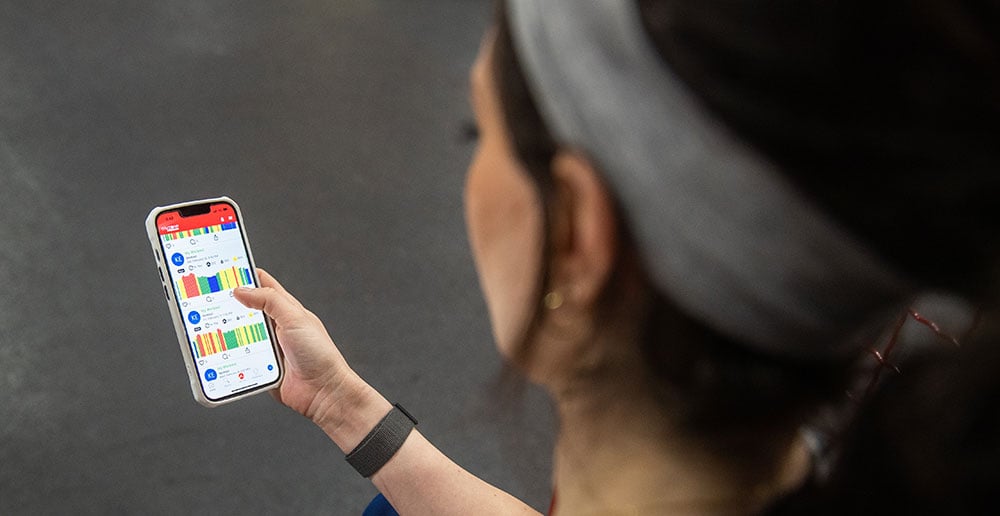
What does the wellbeing score mean?
According to the wellbeing score, 19 or 20 out of 20 is your ideal result. This is what we should be striving to achieve, both individually and as a collective – as it should be. Zero to nine as a result is a wellbeing emergency.
There’s been an increase in the either extreme of respondents, with 2022’s results up from 4.56% to 8.11% in the “As it should be” wellbeing stakes, but the “Wellbeing emergency” bracket also up from 10.26% to 11.1% in 2022.
What’s more, overall, wellbeing deteriorates by age. While that is perhaps to be expected to some extent, there’s a lot we can be doing as a fitness industry to accommodate older adults into gym and facility communities instead of mainly and stereotypically focussing on the younger market.
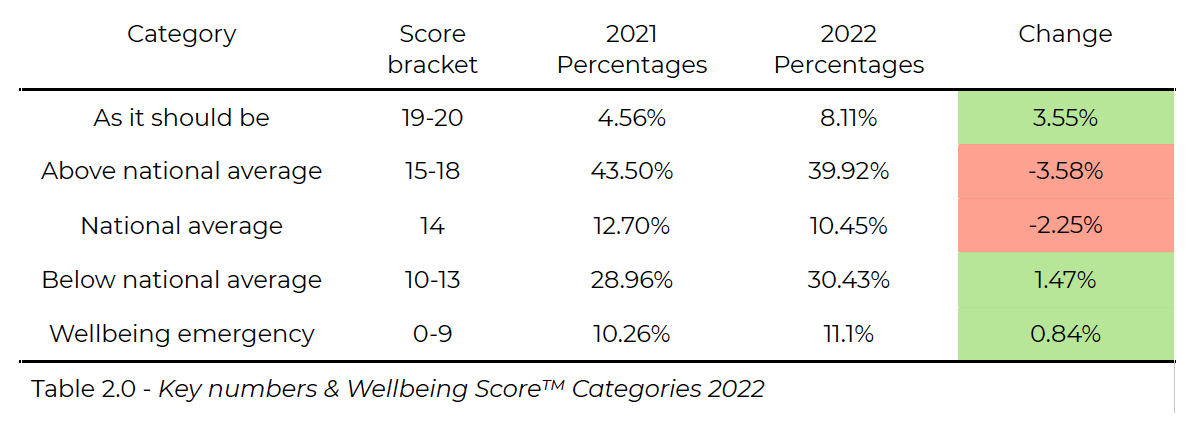
What lifestyle choices most affects your wellbeing?
The effects of lifestyle habits on an individual’s wellbeing are well documented. However, specific benefits and detriments may be surprising to anyone looking at the time-served stereotypes alone.
Through its work with a holistic approach to this study and findings, the Training Shed team has identified which elements and activities both help and hinder a person’s score.
This shines a light on exactly where we need to focus for the biggest benefits to encourage more of some habits, and stamp out others.
“We looked at each individual question, as well as the average for a pass or a fail on any question, and that allowed us to rank the habits and factors of wellbeing in order of how much they influence your overall wellbeing score,” explains Alexa Passingham, lead coach at Training Shed.
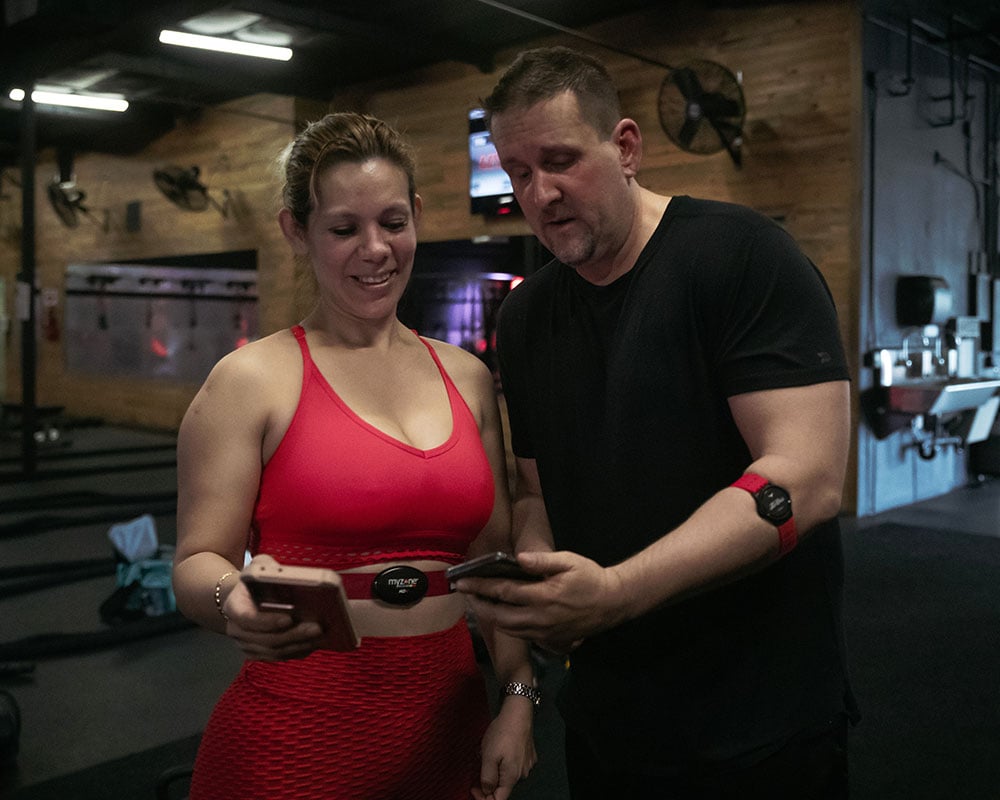
The three most beneficial influences to your overall wellbeing are being able to sit and stand, walk up a flight of stairs, and balance unaided. These are often overlooked as something that most people can just do easily.
However, mobility and range of motion should be a focus point for the future with any facility in order to attract more people that aren’t already fit as far as stereotypes go.
The bottom three detrimental influences are consuming fizzy drinks, caffeine, and alcohol. While this may be an obvious factor in how good nutrition goes hand-in-hand with good health and wellbeing, it’s consumables such as these that have a massively negative affect on other essential indicators such as water consumption, calorie intake and sleep.
It’s easy for people to get carried away and not know what these drinks are doing to their mind and body.
How can we help more people improve wellbeing?
What’s the key to increasing physical activity habits, and what are the barriers to entry? The main draw for wellbeing as a focus is to speak with the majority of the population that we’re not currently communicating with, as an industry.
“We need to be more accessible; not just about fixed locations,” explains Glen Thurgood, CEO of The Training Shed and Co-Founder of the Wellbeing Score.
“People that are operators need to be part of the solution and not necessarily the solution, because it needs to be more holistic than that.

“We keep preaching to the converted all the time in this industry, and quite honestly, I think we’re missing the point and we’re missing our purpose.
"We want to get more and more people engaged. How do we engage with those new people? It’s through education.”
How do we educate on the importance of wellbeing, and why?
It may not come as a surprise but when thinking of what are the secrets to improving your wellbeing, in most cases there are no secrets. Education doesn’t mean that you don’t already know the answer.
It does, however, bring the important factors of fitness to the front of your mind. The thing I love about this score for me is that every time it comes around, I know when I should be drinking water, for example, and yet I read the question and it reminds me I need to drink more.
It’s often not even a clever point, or anything surprising, it’s just something you need to do. It’s the same with exercise minutes, or strength training, or whatever aspect of wellbeing. We all know, to some extent, what we need to be doing, and that includes fitness industry and general public.
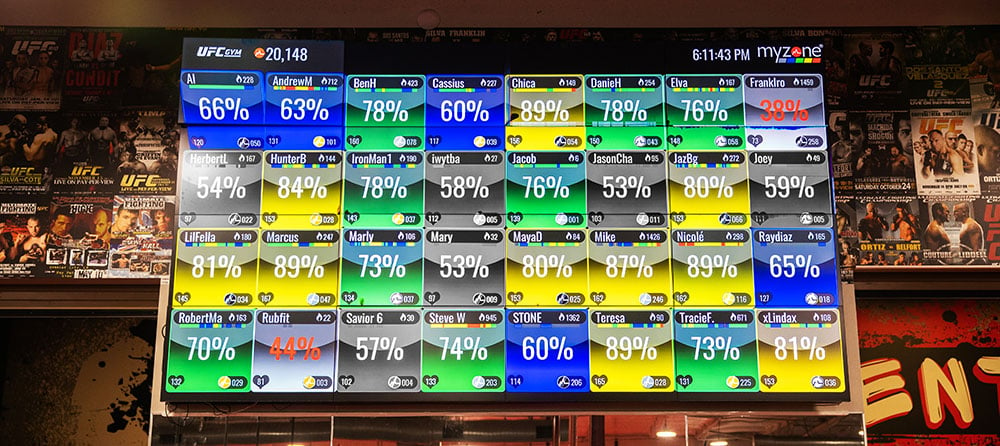
Having something as simple as this questionnaire as a reminder to move, to hydrate, or to sleep, is not only a standpoint of "this is what I did better or worse than last month," but it’s a simple nudge to make positive incremental changes to your habits, and we all know what benefits those changes bring.
There’s a lot to be said about taking the approach of: "When you’re fed up of repeating the same thing, people will start listening," and it’s that kind of mindset we need to take with wellbeing reminders, without the hounding.
Don’t shove it down people’s throats, but just like exercise and motivation opportunities, the Wellbeing Score and yearly reports keep the important stuff front of mind.
Find out more ways to improve your wellbeing through movement and heart rate training.
Share this
You May Also Like
These Related Stories

What to eat before and after a workout
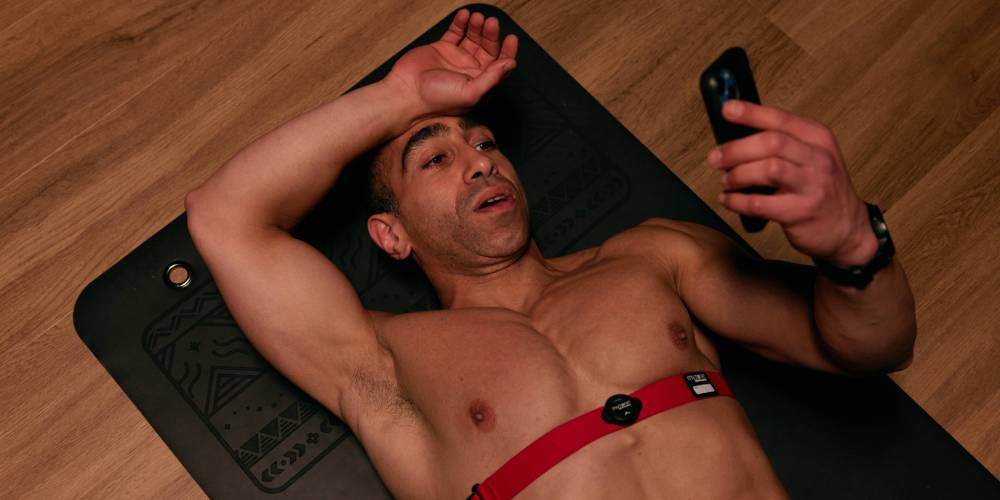
Build lasting fitness habits: A step-by-step guide
